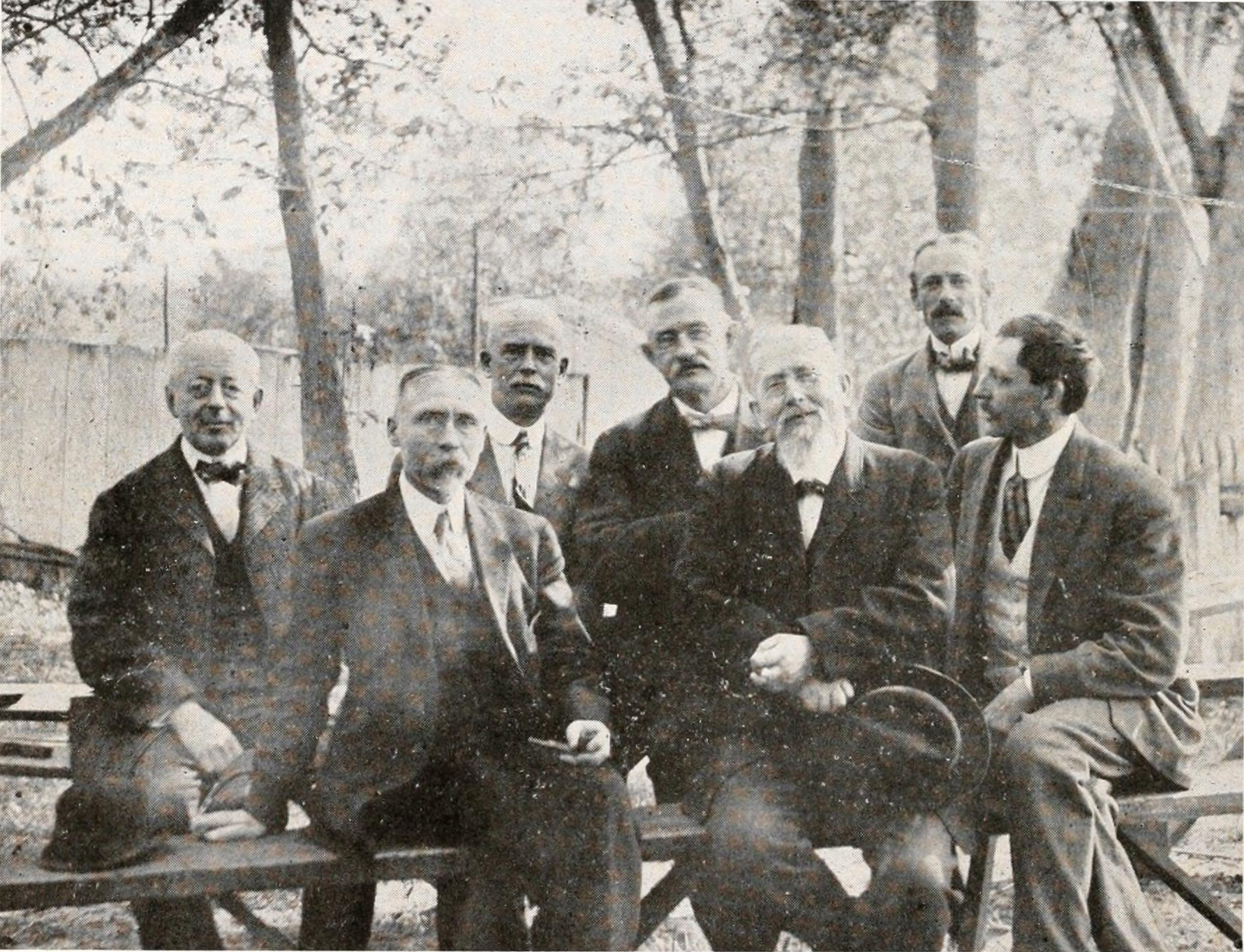|
Matthew William Kemble Connolly
Matthew William Kemble Connolly (13 February 1872 – 24 February 1947) was a British army officer and malacologist. Biography Connolly was born at Bath, the son of Vice-Admiral Matthew Connolly, R.N., and his wife Harriet Kemble. He was educated at Haileybury College and trained at the Royal Military College, Sandhurst. He was commissioned into the King's Own Yorkshire Light Infantry as a second lieutenant on 7 November 1891. He was promoted captain on 26 July 1899. He was appointed adjutant of the 2nd Volunteer Battalion, Royal Warwickshire Regiment on 23 April 1900, and held that position until 23 April 1905, and returned to regimental duties on 6 May. From this point much of his service was in South Africa.R. W. (1949"Obituary: Matthew William Kemble Connolly, 1872–1947" ''Proceedings of the Malacological Society'' 28: 2. He was promoted major on 9 July 1910. While in South Africa, Connolly took an interest in minerals and then started observing snails in the field. He to ... [...More Info...] [...Related Items...] OR: [Wikipedia] [Google] [Baidu] |
List Of Malacologists
This is a list of malacologists, scientists who study mollusks, such as snails, clams, cephalopods, and others, in a discipline named malacology. People who specialize in studying only or primarily the shells of mollusks are sometimes called conchologists instead of malacologists. Many of these malacologists are notable for having named species and other taxa of mollusks. This list focuses primarily on people who study or studied recent taxa of mollusks rather than fossil mollusks, so only a few paleontologists are included here. The list also includes researchers who devoted some of their research effort to malacology and some to other sciences. Considering that mollusks are such a very large and diverse phylum of invertebrates, malacology in general is greatly understaffed in its research efforts. For example, there is no living malacological expert who can properly identify all the species of Onchidiidae (about 143 species). There are also not enough malacologists stud ... [...More Info...] [...Related Items...] OR: [Wikipedia] [Google] [Baidu] |
Edgar Albert Smith
Edgar Albert Smith (29 November 1847 – 22 July 1916) was a British zoologist, a malacologist. His father was Frederick Smith, a well-known entomologist, and assistant keeper of zoology in the British Museum, Bloomsbury. Edgar Albert Smith was educated both at the North London Collegiate School and privately, being well grounded in Latin amongst other subjects, as his excellent diagnoses bear witness. Smith married in July 1876. Subsequently, his wife and he had four sons and two daughters. He gave more prominent attention to the fauna of the African Great Lakes and the marine molluscs of South Africa, and also the nonmarine mollusk fauna of Borneo and New Guinea. In the British Museum Smith was employed at the British Museum (now Natural History Museum) as an assistant keeper of the zoological department for more than 40 years, from 1867 to 1913. Edgar Smith's first work was in connection with the celebrated collection of shells made by Hugh Cuming and acquired by the ... [...More Info...] [...Related Items...] OR: [Wikipedia] [Google] [Baidu] |
Type (biology)
In biology, a type is a particular specimen (or in some cases a group of specimens) of an organism to which the scientific name of that organism is formally attached. In other words, a type is an example that serves to anchor or centralizes the defining features of that particular taxon. In older usage (pre-1900 in botany), a type was a taxon rather than a specimen. A taxon is a scientifically named grouping of organisms with other like organisms, a set that includes some organisms and excludes others, based on a detailed published description (for example a species description) and on the provision of type material, which is usually available to scientists for examination in a major museum research collection, or similar institution. Type specimen According to a precise set of rules laid down in the International Code of Zoological Nomenclature (ICZN) and the International Code of Nomenclature for algae, fungi, and plants (ICN), the scientific name of every taxon is almost al ... [...More Info...] [...Related Items...] OR: [Wikipedia] [Google] [Baidu] |
Cyril Connolly
Cyril Vernon Connolly CBE (10 September 1903 – 26 November 1974) was an English literary critic and writer. He was the editor of the influential literary magazine ''Horizon'' (1940–49) and wrote '' Enemies of Promise'' (1938), which combined literary criticism with an autobiographical exploration of why he failed to become the successful author of fiction that he had aspired to be in his youth. Early life Cyril Connolly was born in Coventry, Warwickshire, the only child of Major Matthew William Kemble Connolly (1872–1947), an officer in the King's Own Yorkshire Light Infantry, by his Anglo-Irish wife, Muriel Maud Vernon, daughter of Colonel Edward Vernon (1838–1913) J.P., D.L., of Clontarf Castle, Co. Dublin. His parents had met while his father was serving in Ireland, and his father's next posting was to South Africa.Jeremy Lewis, ''Cyril Connolly: A Life'', Jonathan Cape, 1997. Connolly's father was also a malacologist (the scientific study of the Mollusca, i.e. sna ... [...More Info...] [...Related Items...] OR: [Wikipedia] [Google] [Baidu] |


.jpg)
.jpg)